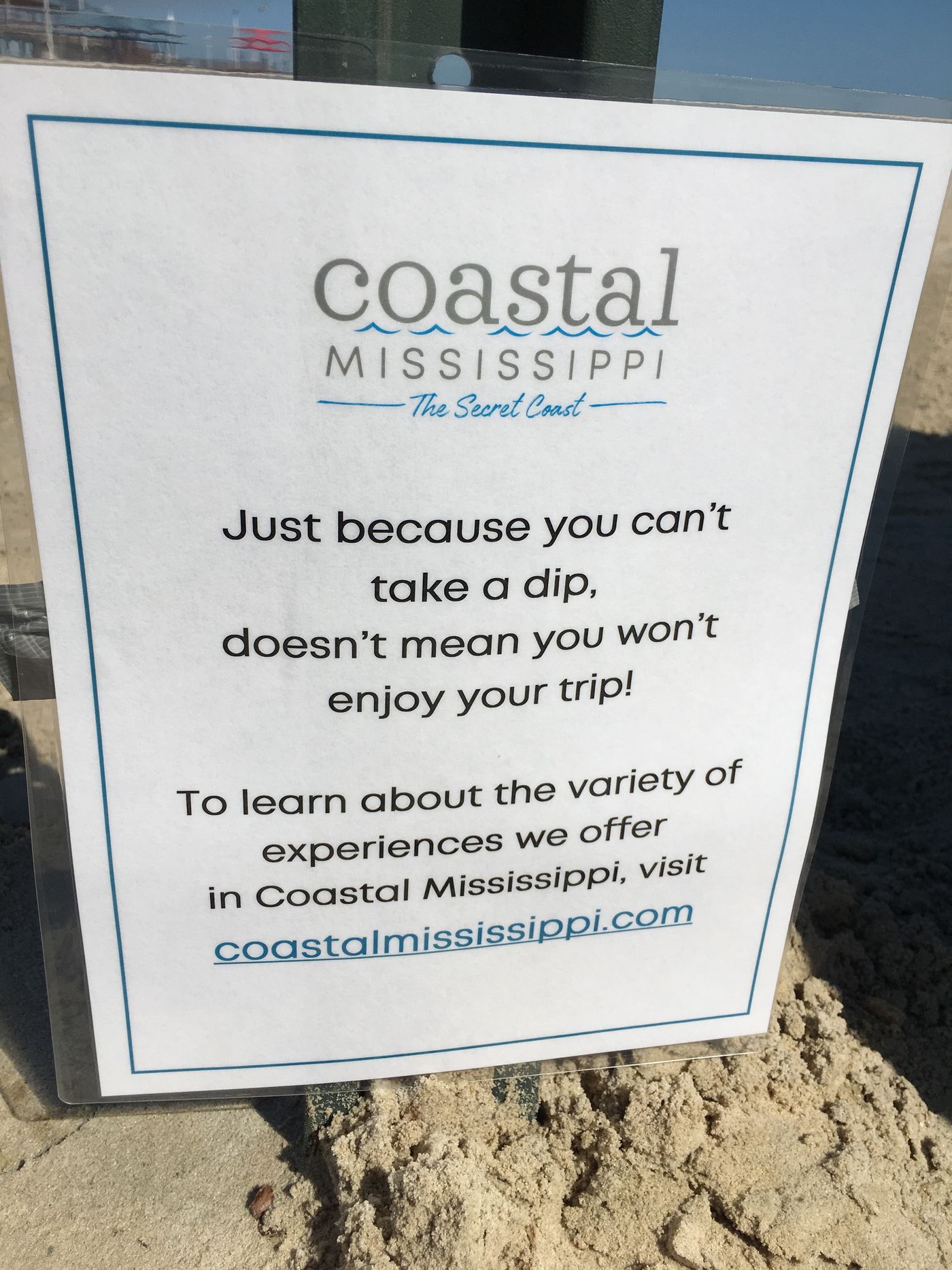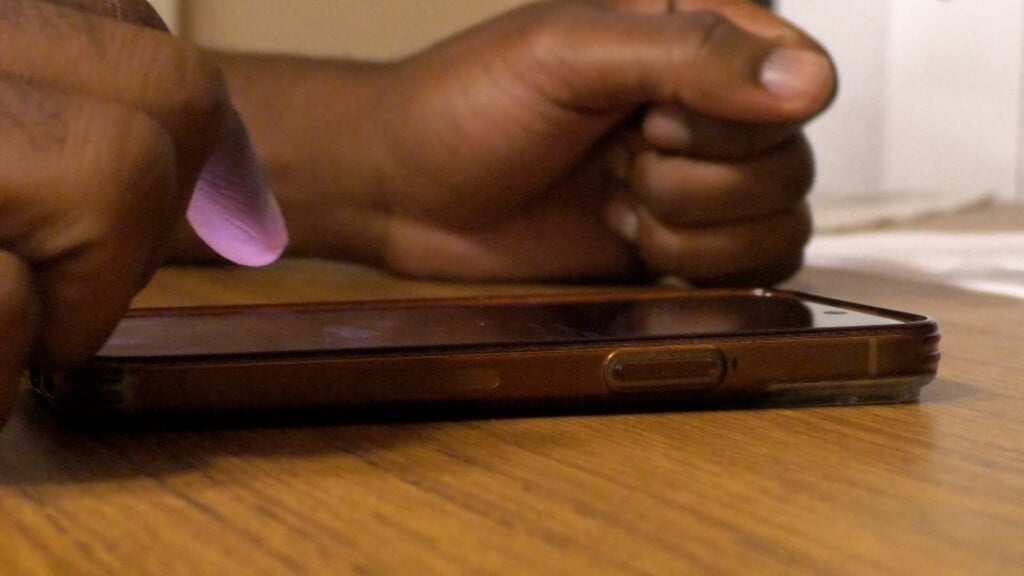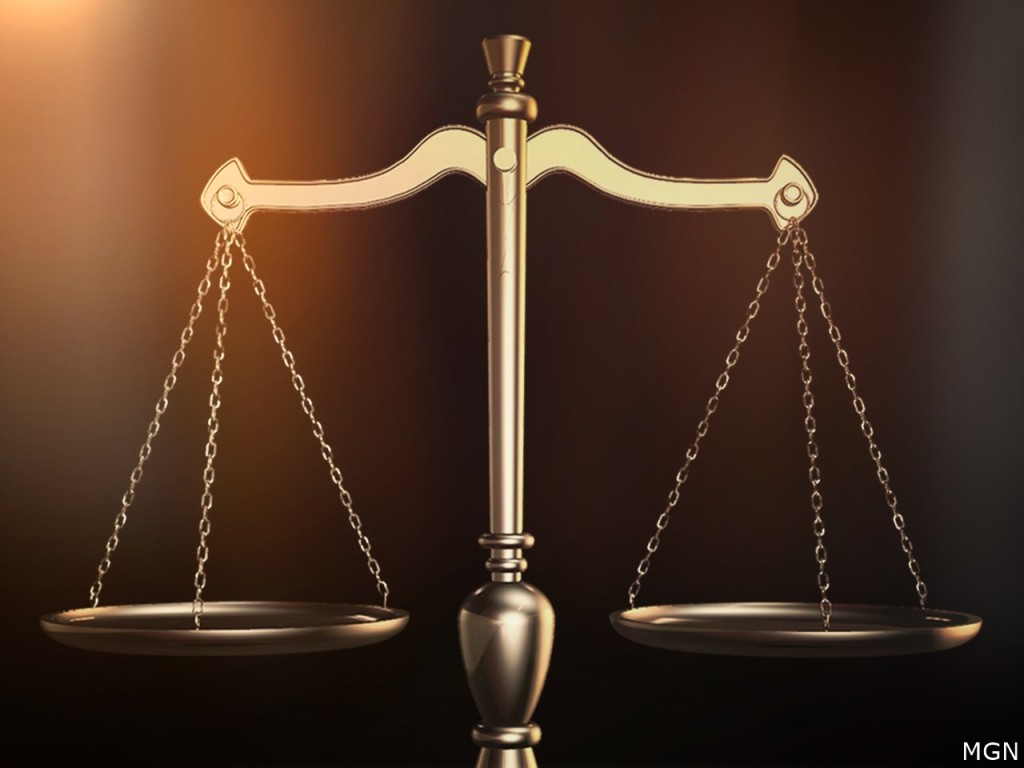All South Mississippi beaches now under algae-related water warnings
SOUTH MISSISSIPPI (WLOX) – The entire shoreline of the Mississippi Gulf Coast is now under the same water warning tied to the blue-green algae bloom. Pascagoula’s two beach testing sites joined the list Sunday morning.
A water contact advisory from the Mississippi Department of Environmental Quality also remains in effect for a segment of the Jourdan River in Hancock County from the I-10 bridge to the mouth of the river into St. Louis Bay. The toxic algae has also been found in sampling taken at the Pass Christian Harbor, the Bay St. Louis Harbor, and the Long Beach Harbor.
The areas of the beach now closed include:
- Station 1 – Lakeshore Beach
- Station 2 – Buccaneer State Park Beach
- Station 3 – Waveland Beach
- Station 4 – Bay St. Louis Beach
- Station 5 – Pass Christian West Beach
- Station 6 – Pass Christian Central Beach
- Station 7 – Pass Christian East Beach
- Station 7A – Long Beach Beach
- Station 8 – Gulfport West Beach
- Station 9 – Gulfport Harbor Beach
- Station 10 – Gulfport Central Beach
- Station 10B – East Courthouse Road Beach
- Station 11 – Gulfport East Beach
- Station 11A – Edgewater Beach (Biloxi)
- Station 12A – Biloxi West Central Beach (Biloxi)
- Station 12B – Biloxi East Central Beach
- Station 13A – Gulfport Harbor Beach
- Station 14 – Front Beach (Ocean Springs)
- Station 15 – Shearwater Beach (East Beach-Ocean Springs)
- Station 19 — Pascagoula Beach West
- Station 20 — Pascagoula Beach East
The sand portions of the beach remain open. But if you swim in the water or eat fish caught from the near shore waters, it could make you sick.
The dangerous condition is called a Harmful Algal Bloom, or HAB, which is when algae grows quickly on the surface of the water.
According to the Centers for Disease Control and Prevention, a HAB can look like foam, scum, or mats on the surface of water and can be different colors. HABs can produce toxins that have caused a variety of illnesses in people and animals.
HABs can occur in warm fresh, marine, or brackish waters with abundant nutrients and are becoming more frequent with climate change.
To read more about illnesses caused by HABs, visit the CDC’s website HERE.
More information about MDEQ’s Mississippi Beach Monitoring Program, including the location of beach sampling stations and testing results, is available at: http://opcgis.deq.state.ms.us/StoryMapBeaches/index.php
County officials say they are working on getting additional signs and flags to put up to help warn more people.
Copyright 2019 WLOX. All rights reserved.






Leave a Reply